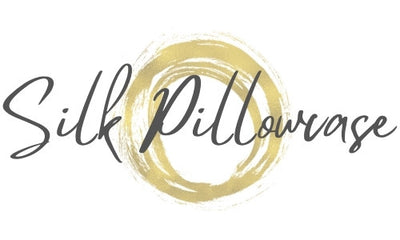If you’re thinking of spending some of your hard-earned cash on a silk bedding, then you probably know that they don’t come cheap. So it’s something of an investment purchase. To decide whether it’s really worth it, though, you need to know about all the pros and cons of sleeping on silk.
From what silk can do for your hair and skin to how easy it is to care for, this article explores all the pros and cons of sleeping on silk. By the end of this piece, you should be able to make up your own mind about whether a silk bedding is worth the money.
Let’s dive right into all the pluses and minuses associated with natural silk.
